Habitat loss is the harming or destruction of the place where an organism (living thing) lives, usually through human activities. The kind of place where an organism usually lives is called its habitat. Habitat loss is one of the major reasons a species may become endangered or extinct. 
Organisms live where they can satisfy their needs for food, shelter, and other things. Some species can survive in a variety of habitats. Others can survive only in specific conditions. Dogs and rats, for example, can survive in many different habitats. Koalas, on the other hand, rely on eucalyptus trees for food and shelter. They can only live where eucalyptus grows. Species that can only survive in highly specific conditions are particularly vulnerable to habitat loss. 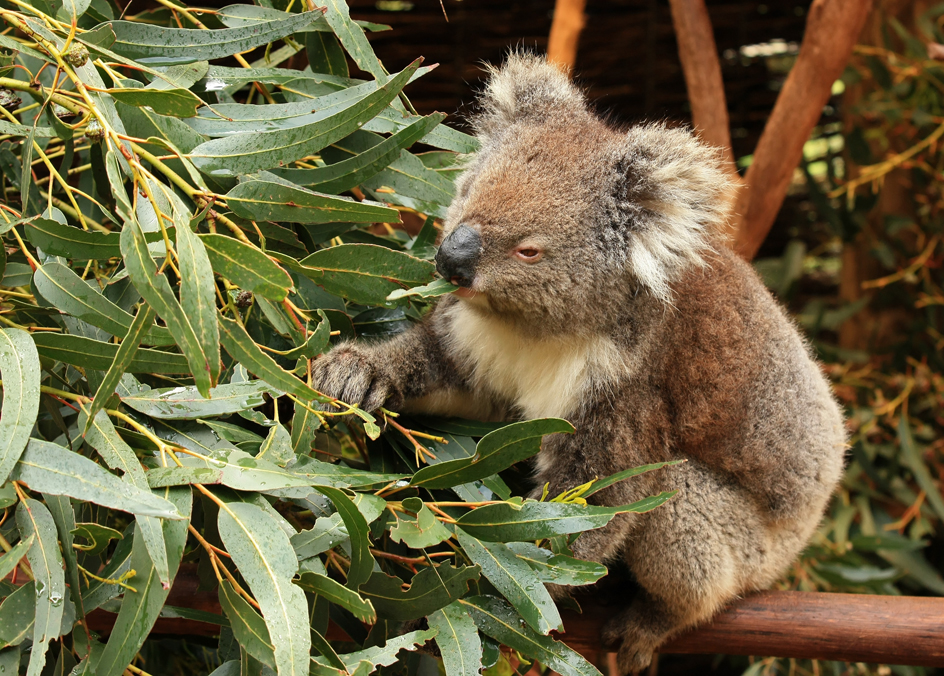
Habitat loss is the main threat to modern wildlife and to biodiversity. Biodiversity is the variety that exists among organisms and their environments. Human beings cause most habitat loss through agriculture, building development, climate change, dam building, and pollution. There are three major kinds of habitat loss: (1) degradation, (2) destruction, and (3) fragmentation. 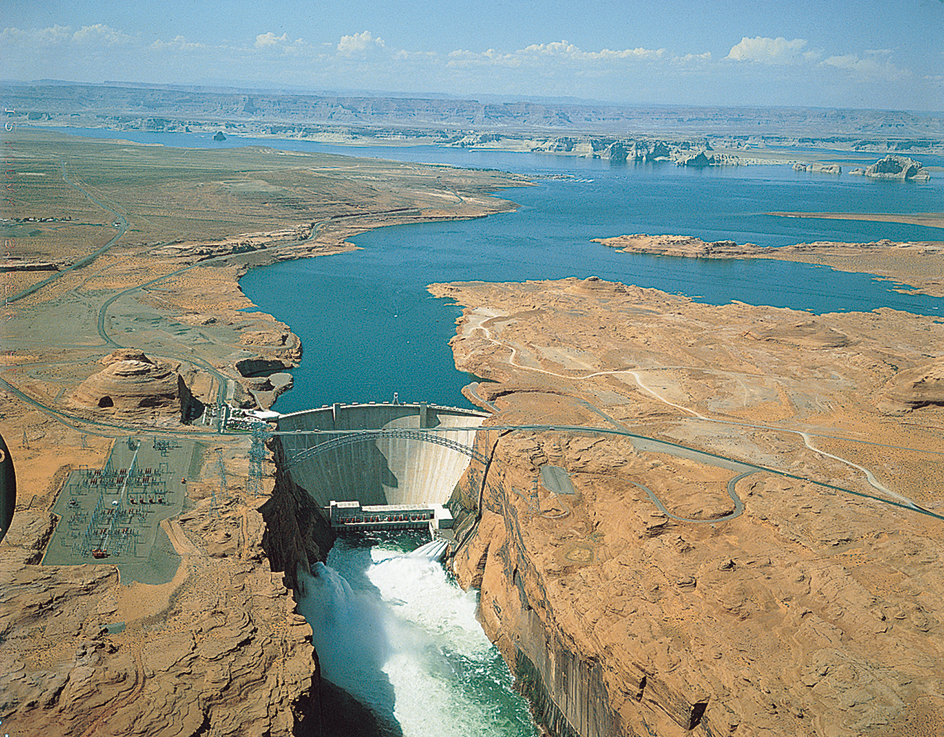
Habitat degradation
is a reduction in the quality of a habitat. It occurs when pollution, invasive species, altered wildfire patterns, and other damage disrupt the ability of an ecosystem to support wildlife.
Habitat degradation is a major problem in wetlands. Human activities may redirect surface water away from wetland sites and reduce ground water levels. They may also increase sedimentation (the buildup of sediments) and introduce toxic chemicals.
Pollution by such substances as fertilizer, pesticides, sewage, and mining waste can harm wildlife and damage food chains. Pesticides, for example, are chemicals and treatments used to get rid of such pests as insects. However, birds and other living things may depend on insects for food. The introduction of pesticides into a habitat can thus disrupt the food chain.
Fertilizer runoff can disrupt wetland habitats by causing algae and aquatic plants to grow at a faster rate than animals can consume them. This effect can lead to eutrophication, a process that reduces oxygen levels in the water. Eutrophication can degrade aquatic habitats until the water can no longer support most animal life. 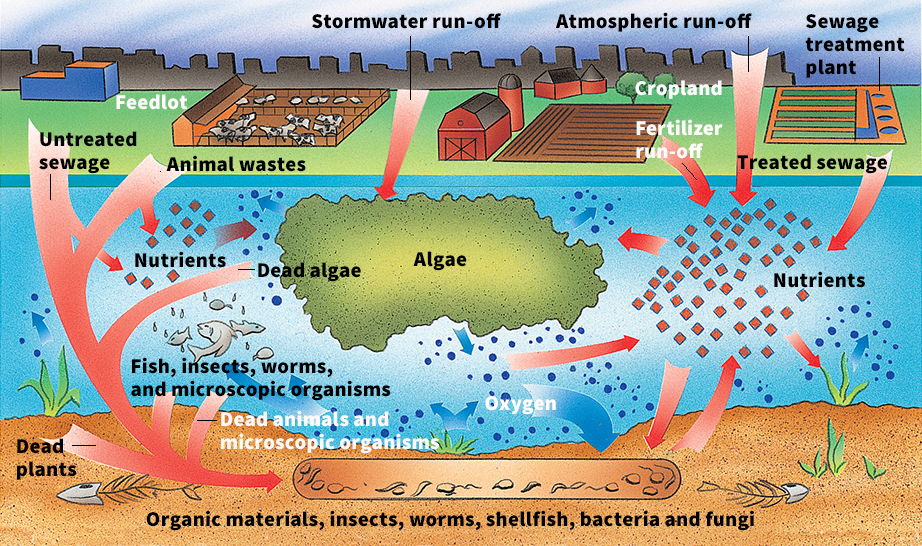
Habitat destruction
occurs when humans cut down forests, drain and fill wetlands, dredge rivers, clear land for farming, and build on previously undeveloped land. Deforestation is the destruction or damage of forests for agriculture, development, and logging. Earth’s forests—particularly its tropical rainforests—are home to a greater diversity of living things than any other land environment. Huge numbers of species have been driven to extinction by logging and forest clearing. 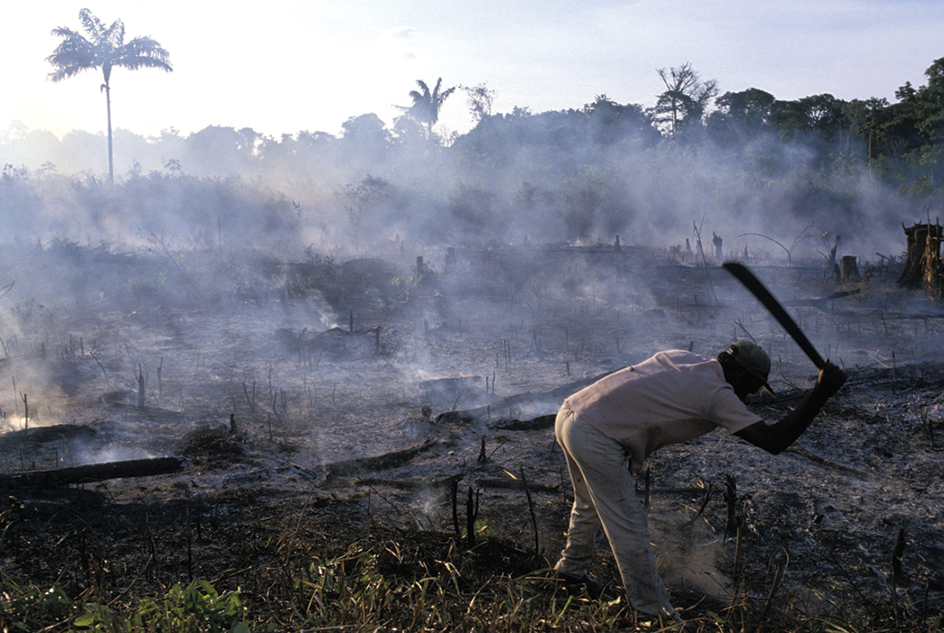
The mountain gorilla is an example of a species endangered by habitat destruction. It lives in the Virunga Mountains and upland regions in the Democratic Republic of Congo, Rwanda, and Uganda. The habitats of mountain gorillas have been cleared for growing crops and raising livestock, threatening gorillas.
Habitat fragmentation
is the breaking apart of a habitat into smaller areas. People fragment habitats by dividing them with roads, dams, farms, and buildings. The remaining patches of habitat may no longer be large enough to properly sustain wildlife. Habitat fragmentation may force animals to travel between patches of habitat, leading to confrontations with human beings and automobiles and interactions with other harmful obstacles.
Habitat fragmentation endangers the Florida panther, for example. Panthers and their prey need vast areas of forests and swamps to live in. These areas have been divided by developments and roads. Many panthers are killed by vehicles attempting to cross roads that fragment their habitat. 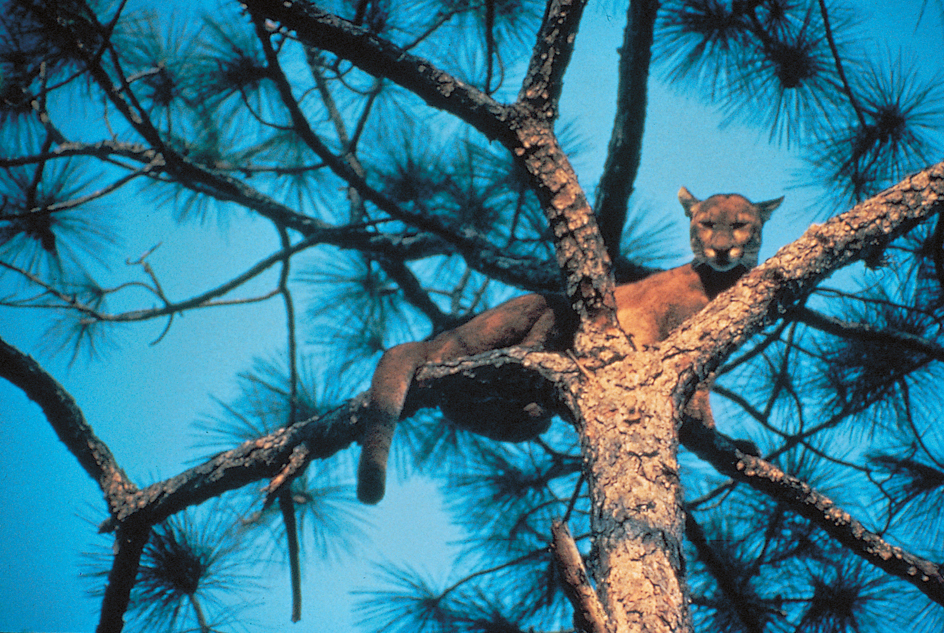
In the U.S. Pacific Northwest, salmon are threatened by both habitat degradation and fragmentation. Salmon travel from salt water to fresh water to spawn (reproduce). Dams can block these movements, making habitat fragmentation by dams a major concern. Much river water is diverted for agriculture. The resulting reduction in water levels can further fragment river habitats, especially during droughts. The rivers are also degraded by pollution with agricultural runoff and erosion from logging and mining. 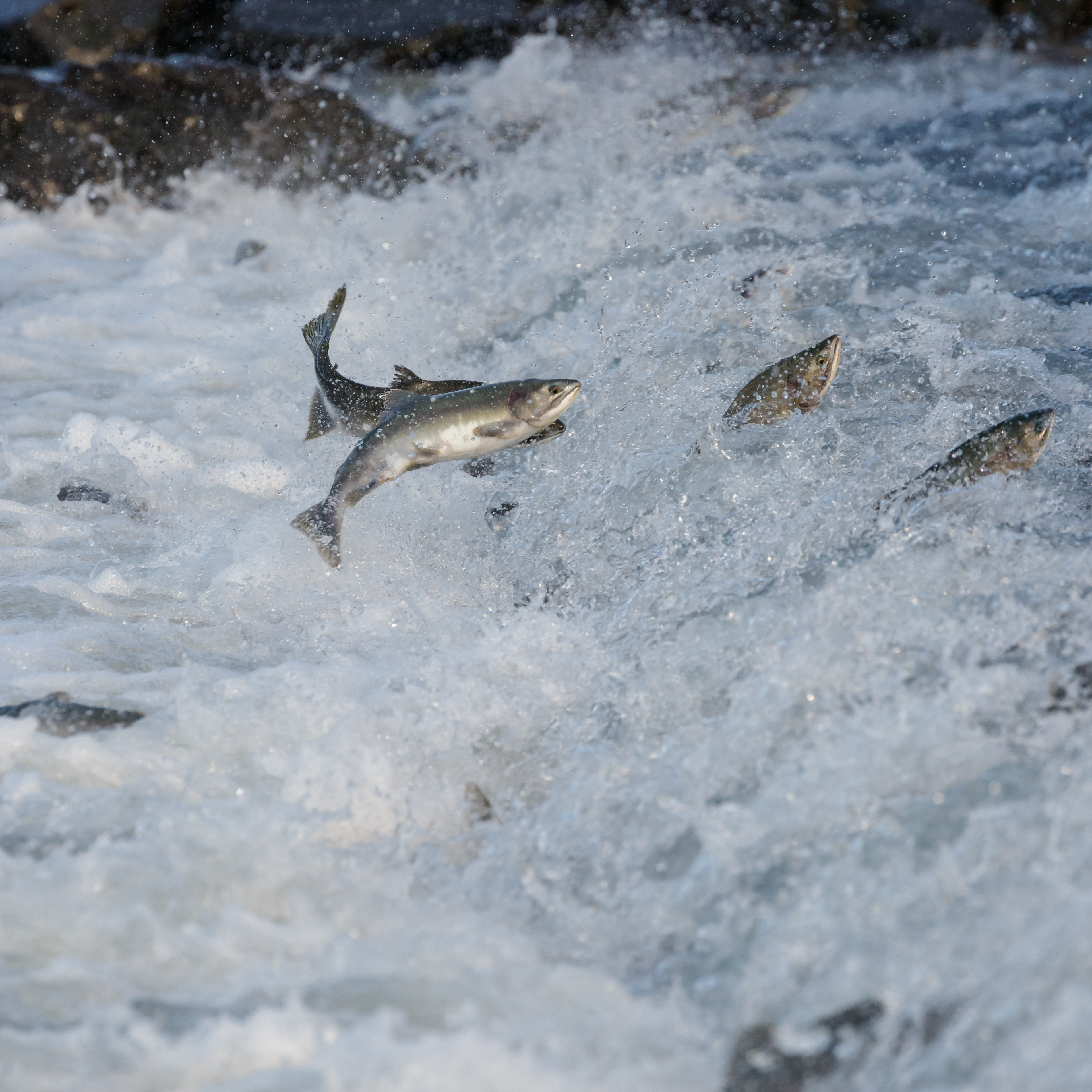
Habitat conservation.
People can prevent habitat loss by passing and enforcing laws that protect habitats from degradation, destruction, and fragmentation. Only a small percentage of land and oceans are protected by conservation efforts. Adequately protecting wildlife might require establishing such protections for half the world’s land and water.
Many conservation efforts have worked to counteract the effects of habitat fragmentation. For example, some programs have established corridors of protected land connecting key areas of habitat. Specially designed bridges or tunnels can help wildlife to safely cross dangerous highways. Some salmon conservation efforts have worked to develop more salmon-friendly designs for dams and fish ladders. A fish ladder is a series of ascending pools of water that enables fish to swim around human-built obstructions in rivers, such as dams.
